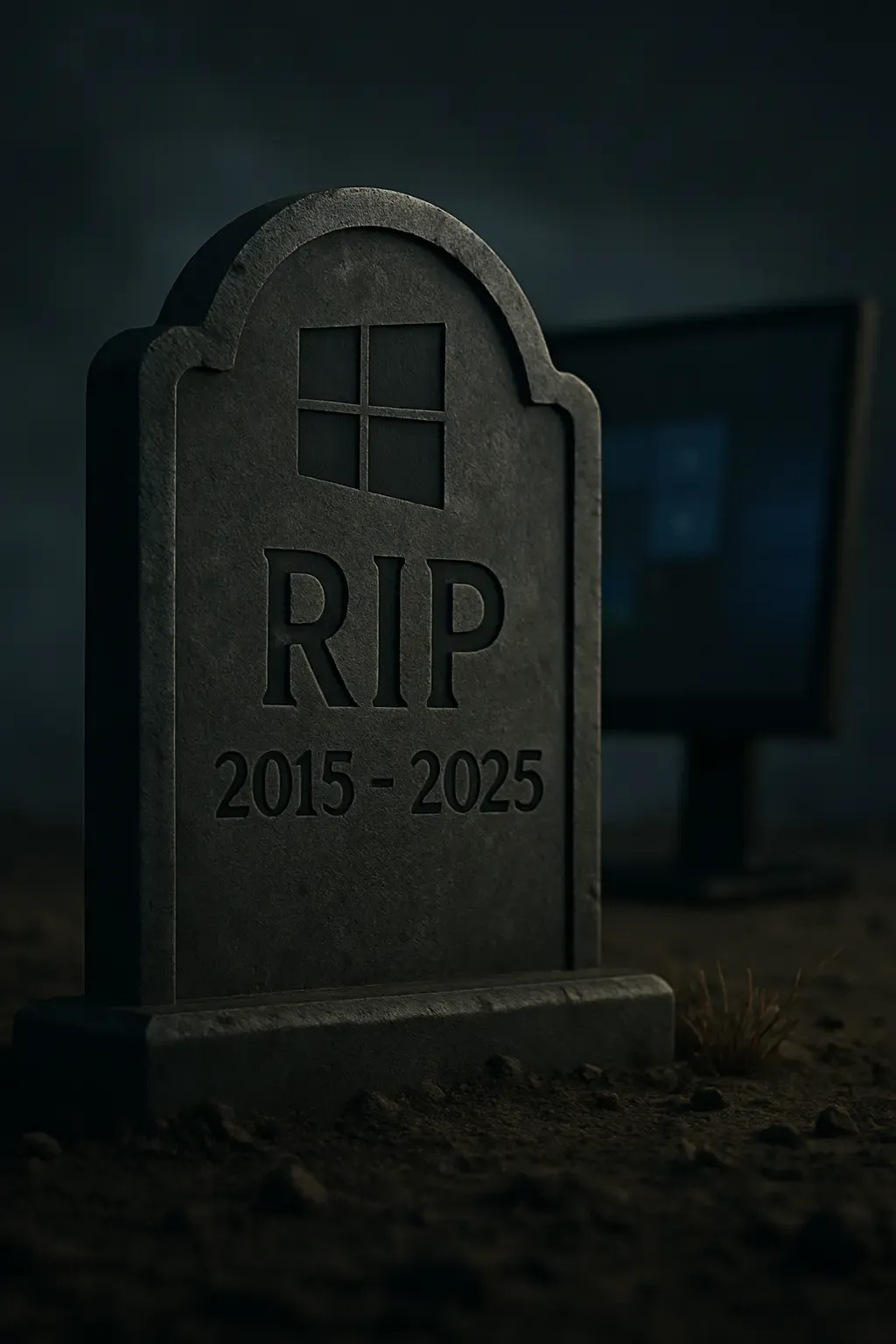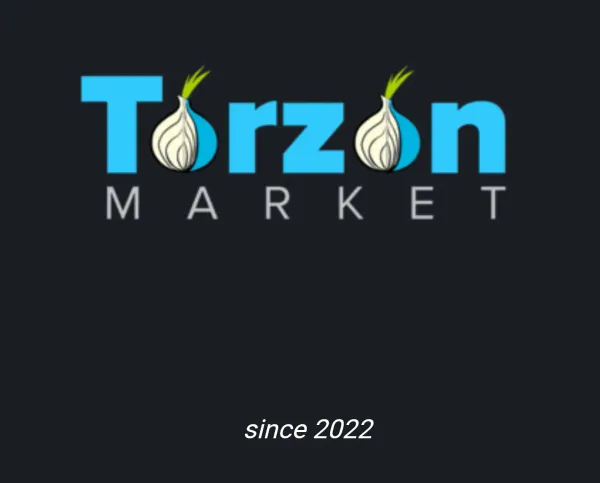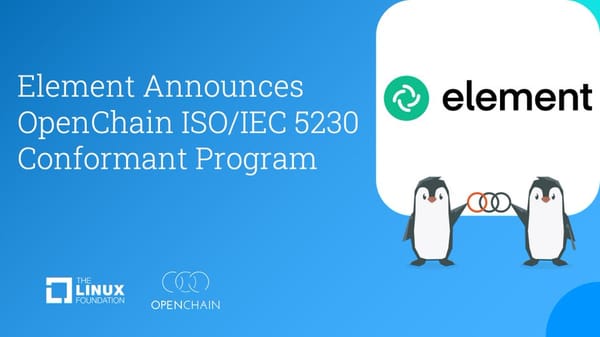Windows 10 Is Dying: Here’s What That Actually Means
Windows 10 will officially reach its end-of-life on October 14, 2025. After that, you're on your own unless you pay Microsoft for scraps of security or jump ship entirely.

The clock’s ticking. Windows 10 officially hits the wall on October 14, 2025. After that? No more free security updates, no more bug fixes, no more support. Home, Pro, Enterprise, Education doesn't matter what flavor you’re running. It’s all going dark at once. My advice is to try your hand at Linux Mint, if possible.
22H2 is the final version. That’s it. That’s all you're getting. Microsoft’s "Modern Lifecycle Policy" means they’ve been dangling updates like carrots to force compliance, and now the donkey ride ends. If you’re not on 22H2 yet, you’re already sitting in the dead zone. There’s a carve-out but only for the corporate pets. Windows 10 IoT Enterprise LTSC 2021 gets life support until 2032. The regular LTSC versions? They flatline earlier, January 12, 2027. None of this applies if you're not running an LTSC build. You're already on death row.
Oh, and don’t worry Microsoft is happy to keep patching your obsolete system.
For a price.
They’re rolling out an Extended Security Update (ESU) program. Enterprise and Education editions can buy up to three more years of critical-only patches (forget about feature updates). Consumers get tossed a one-year bone for ~$30, and after that, pricing gets deliberately vague. You already know how this game plays out: first they bait you cheap, then they bleed you dry.
Once the October 2025 deadline passes, Windows 10 will still boot. But without fresh security updates, you’re a sitting duck. Malware, ransomware, software incompatibility it's all coming for you. And if you’re working in healthcare, finance, or any other regulated industry? Good luck explaining why you're using an unsupported OS during a breach audit.
Microsoft’s "solution" is predictable. Upgrade to Windows 11 if your machine qualifies. TPM 2.0, Secure Boot, compatible CPU... jump through the hoops or get left behind. If your hardware doesn’t cut, you’ll need to buy a new PC conveniently preloaded with Windows 11, naturally. (rip it out and install Linux Mint)
Alternatively, you could escape the treadmill altogether. Linux remains the smartest option for those who refuse to play Microsoft's planned obsolescence game. Distros like Mint or Ubuntu offer stability, security, and don’t force arbitrary hardware requirements down your throat. The reality is simple: sticking with Windows 10 after October 14, 2025, without paying for ESU, is a liability. Whether it’s data breaches, downtime, or compliance fines, the risk ratchets up fast.
Microsoft wants you boxed in: pay for security patches, buy new machines, submit to tighter control. Same story, different year. The recommendation is clear: either plan your move to Windows 11 now or better yet, liberate yourself and make the jump to Linux before the inevitable EOL chaos hits.




